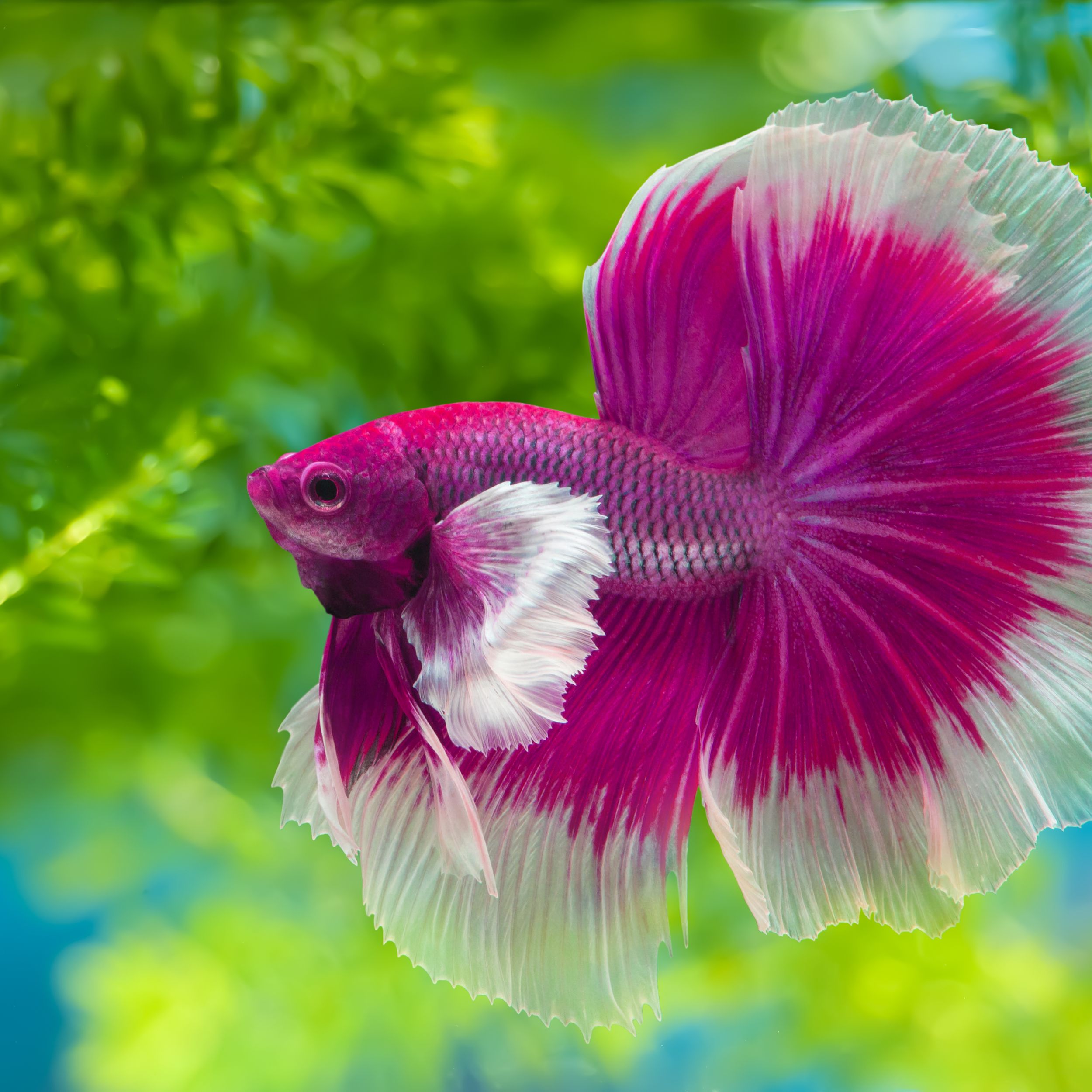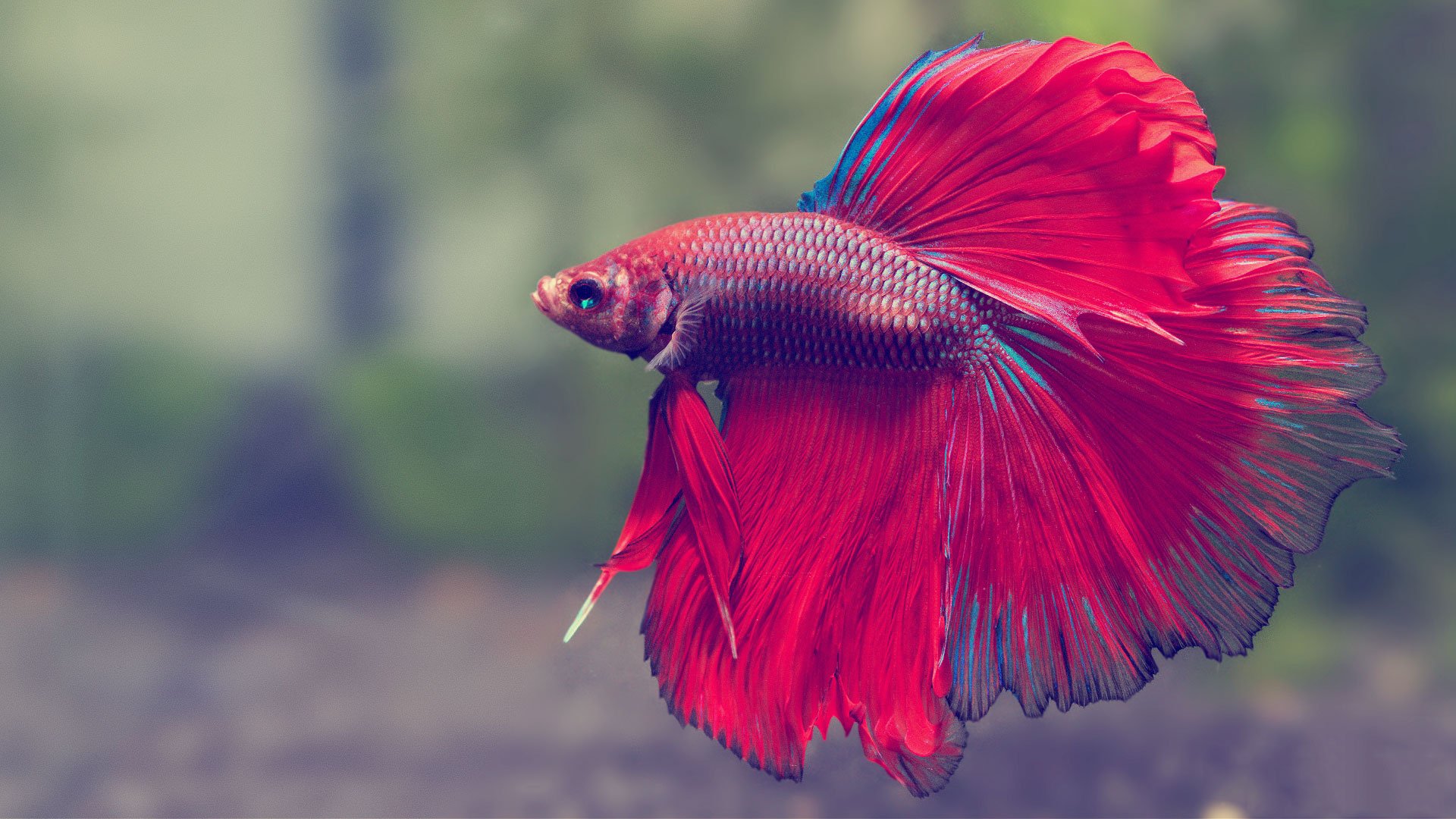Just How to Present Betta Fish to a Community Storage Tank Safely
Just How to Present Betta Fish to a Community Storage Tank Safely
Blog Article
All Concerning Betta Fish: Understanding Their Unique Requirements, Behavior, and the most effective Practices for Optimum Care
Recognizing the unique demands and actions of Betta fish is vital for any kind of aquarist seeking to provide optimal treatment. These fascinating creatures, belonging to the warm waters of Southeast Asia, exhibit unique territorial tendencies and need specific ecological conditions to thrive. From picking the right storage tank size to recognizing potential health problems, different factors considerably affect their wellness. As we explore these aspects additionally, the effects for both beginner and skilled fish keepers end up being increasingly obvious, increasing inquiries about how finest to accommodate these amazing fish in our homes.
Betta Fish Overview
Although frequently appreciated for their dynamic colors and flowing fins, Betta fish, scientifically understood as Betta splendens, are complicated animals that call for specific care to grow. Stemming from Southeast Asia, these freshwater fish are recognized for their territorial nature and distinct behaviors. Betta fish show sex-related dimorphism, with men showing extra vibrant shades and longer fins than females.
Their aggressive propensities, especially among men, demand cautious factor to consider when real estate them. Bettas are often maintained in single-specimen tanks to avoid territorial conflicts. They can exist side-by-side quietly with particular suitable species in larger neighborhood tanks, gave the setting satisfies their demands.

To guarantee ideal care, aquarists need to comprehend their special behavioral characteristics, dietary requirements, and environment needs. betta fish. With correct interest, Betta fish can display their lively individualities and prosper in a well-maintained aquarium setup
Natural Environment and Atmosphere
Betta fish flourish in a varied variety of all-natural habitats, primarily found in the superficial waters of Southeast Asia, consisting of rice paddies, swamps, and slow-moving streams. These atmospheres are defined by warm temperatures, usually between 75 ° F and 82 ° F(24 ° C and 28 ° C ), and a pH degree ranging from 6.5 to 7.5, which is suitable for their health and wellness and well-being.
In their natural environments, Betta fish are accustomed to dense greenery, offering both sanctuary and breeding grounds. The existence of plants such as drifting water lilies and thick lawns not only uses protection from predators yet additionally adds to the oxygenation of the water, which is essential for their breathing demands. Furthermore, these settings commonly have locations of still water, permitting Betta fish to display their natural actions such as bubble nesting.
Understanding the natural environment of Betta fish is crucial for aquarium lovers. Replicating these problems-- through water temperature, pH balance, and the inclusion of real-time plants-- can considerably boost the general health and durability of these captivating fish, guaranteeing they flourish in a home aquarium setup.
Social Actions and Interactions
Understanding the social habits and interactions of Betta fish is vital for effective aquarium administration. Betta fish, or Siamese fighting fish, are recognized for their one-of-a-kind behavioral traits, defined primarily by territoriality and hostility. Males, specifically, present extremely aggressive behaviors towards each other, bring about the well-known credibility of Betta fish as boxers. In a constrained room, two males can involve in violent battles, frequently leading to injury or fatality.
Conversely, female Bettas exhibit less hostile behavior and can coexist in groups, understood as sororities, if introduced correctly. However, it is crucial to monitor their communications carefully, as hierarchy and dominance can cause problems. Understanding the dynamics within a Betta neighborhood is essential; establishing concealing areas and ensuring sufficient space can alleviate aggressiveness.
Additionally, Betta fish might likewise show interest and social behaviors in the direction of other species. While they can exist side-by-side with particular non-aggressive container mates, it is click now necessary to pick suitable types to stay clear of tension and aggression. In general, recognizing these social communications is key to cultivating a harmonious fish tank setting for Betta fish.
Crucial Treatment Standards
Supplying proper care for Betta fish is essential to their wellness and wellness. Regular water changes-- about 25% once a week-- help preserve water high quality.
Betta fish require an ideal storage tank dimension; a minimum of 5 gallons is recommended to give ample room for swimming and hiding. Consist of decors and plants to produce a revitalizing setting, however stay clear of sharp things that could harm their delicate fins.

Lastly, ensure the tank is furnished with a filter to maintain the water tidy, however make use of a mild filter to stay clear of strong currents that can stress the fish. By complying with these important treatment standards, owners can advertise a healthy and vibrant Betta fish.
Common Health Issues and Solutions
In the care of Betta fish, awareness of usual discover here health concerns is vital for keeping their wellness. To treat fin rot, boost water problems and consider using a broad-spectrum antibiotic.
Another typical ailment is go to the website ich, a parasitical infection identified by white places on the fish's body (betta fish). Treatment involves boosting water temperature level and adding aquarium salt to the container, as this can help get rid of the bloodsucker
Swim bladder problem is likewise regularly observed, bring about buoyancy issues. This condition might develop from overfeeding or constipation. A fasting duration of 24-48 hours, complied with by a diet regimen of blanched peas, can give relief.
Lastly, bettas might endure from velour illness, indicated by a gold dust-like look on their skin. Therapy commonly needs medicine especially developed for outside parasites, alongside improved storage tank hygiene.
Routine monitoring of water parameters, maintaining a tidy environment, and offering a well balanced diet plan are crucial safety nets. By addressing these wellness problems quickly, Betta fish can lead much healthier, much more vibrant lives.
Final Thought
In recap, successful betta fish treatment calls for an understanding of their unique demands and behaviors. Regular monitoring of health and wellness and water top quality, along with a well balanced diet plan, contributes to the longevity and vibrancy of betta fish.
Report this page